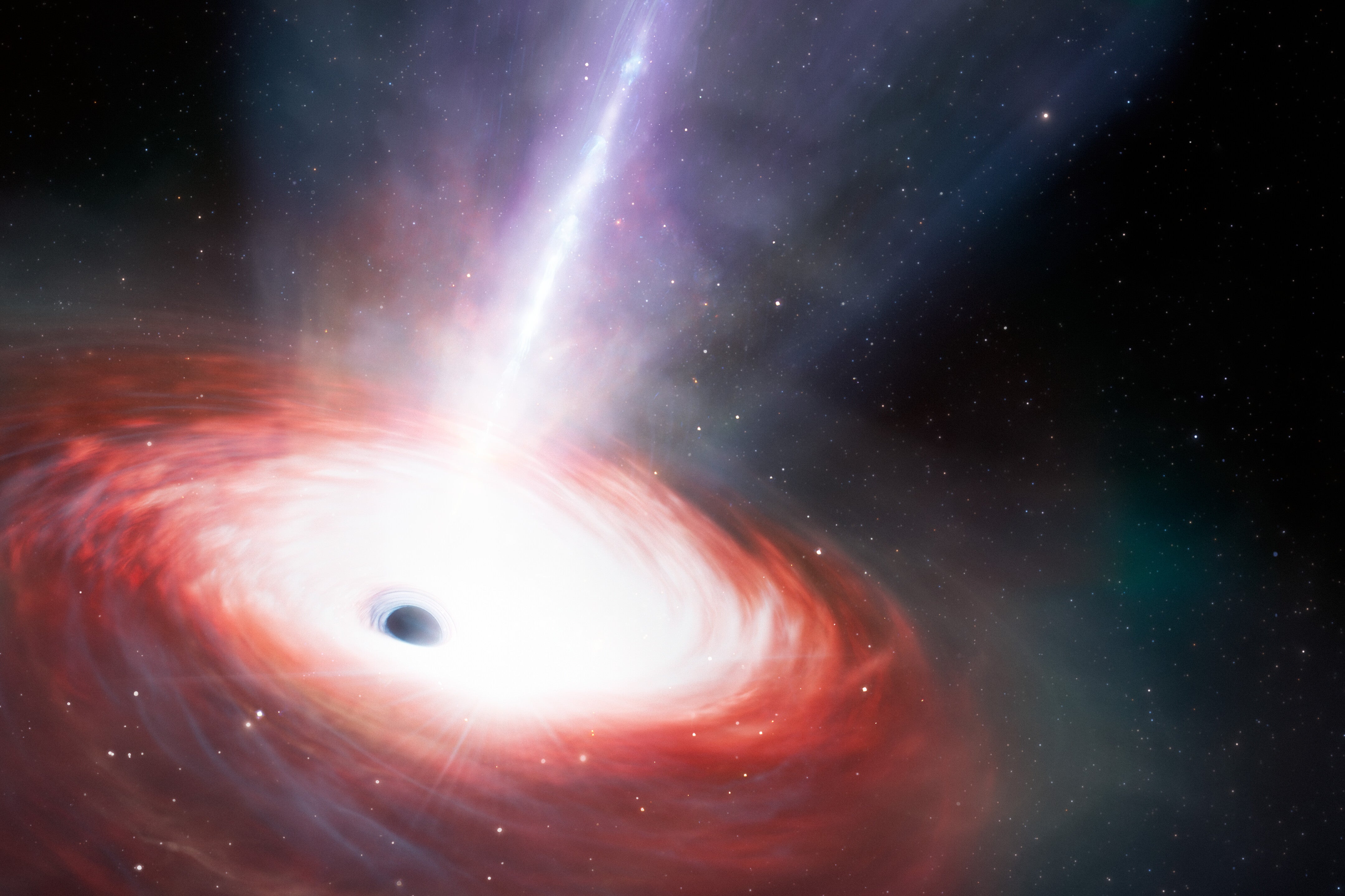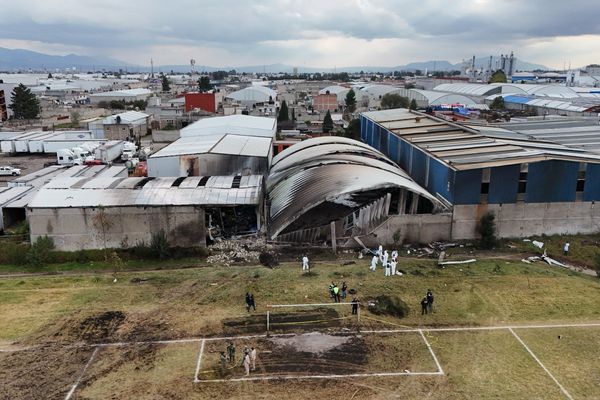Supermassive black holes may not be as massive as previously thought, according to a new discovery by scientists.
Astronomers from the University of Southampton, working with colleagues from France, Germany, Portugal and Belgium, made the revelation after examining an infant galaxy 12 billion light-years from Earth for the first time using a new powerful telescope.
It found that the supermassive black hole in the galaxy was 10 times smaller than expected, which they believe means that scientists have been overestimating the size of black holes in the universe.
Professor Seb Hoenig said that the findings solved the puzzle faced by scientists of how supermassive black holes could grow to such a large size in short time periods.
“We have been wondering for years how it’s possible we discovered all these fully grown supermassive black holes in very young galaxies shortly after the Big Bang. They shouldn’t have had the time to grow that massive,” he said.
“Our results suggest the methods to weigh these black holes used previously are just not working reliably in the early universe.
“It could lead to a re-evaluation of our models of cosmic evolution.”

The discovery, published in the journal Astronomy and Astrophysics, was carried out using an advanced astronomical instrument, GRAVITY+, which combines the light of four of the world’s largest optical telescopes at the European Southern Observatory’s Very Large Telescope in Chile.
The team examined an ancient quasar which they described as “a galaxy with a black hole so old and bright it looks like a cosmic beacon from the dawn of time”.
Their study showed that the quasar had a spiralling motion of hot gas with a mass 800 million times the mass of the sun, which will be swallowed up by the supermassive black hole.
Prof Hoenig said: “Most of the gas falling towards the supermassive black hole is being violently blasted away rather than feeding it.
“Think of it like a cosmic hairdryer set to maximum power: the intense radiation around it is blowing everything away that approaches it.”
They explained that it was this motion that was key to making the precise measurement of the mass of the black hole.
The scientists state that this “feeding frenzy” is producing a powerful outflow of gas, which may have tricked previous examinations into believing the black hole was bigger than it actually is.







